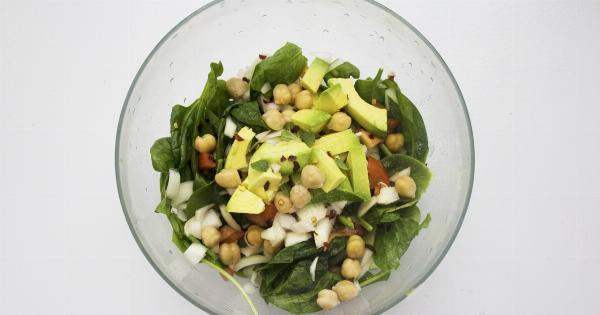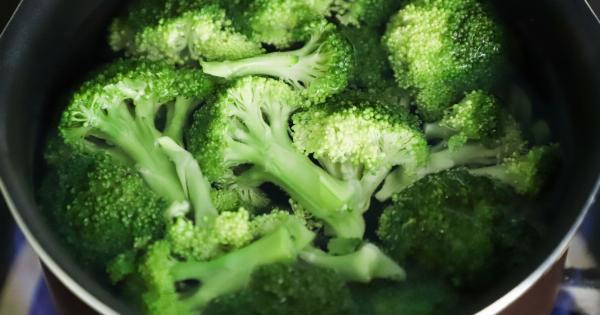Spinach is a highly nutritious leafy green vegetable that is packed with essential vitamins, minerals, and antioxidants. It is a versatile ingredient that can be used in various dishes, from salads to smoothies and cooked meals.
However, when it comes to preparing spinach, boiling may not be the best cooking method. In this article, we will explore why boiling spinach might not be the ideal choice and suggest alternative ways to retain its nutritional value.
The nutritional value of spinach
Before delving into the reasons why boiling spinach may not be the best option, let’s first understand the immense nutritional value this vegetable offers.
Spinach is known to be rich in vitamins A, C, E, and K, as well as minerals like iron, calcium, and magnesium. It is also a good source of fiber, beta-carotene, and various antioxidants that help promote overall health and well-being.
Loss of water-soluble vitamins
One of the primary drawbacks of boiling spinach is the loss of water-soluble vitamins. When spinach is boiled, the high heat causes these vitamins, such as vitamin C and B-complex vitamins, to leach out into the cooking water.
This means that a significant portion of the nutrients is lost during the cooking process. If you consume the cooking water or broth, you may still obtain some of the nutrients, but the overall content will be reduced.
Impact on antioxidants
Antioxidants play a vital role in protecting our cells from damage caused by free radicals, which are unstable molecules that can harm the body. Spinach contains various antioxidants, including lutein, zeaxanthin, and flavonoids.
However, boiling spinach can lead to a significant reduction in the antioxidant content. These antioxidants are sensitive to heat, and boiling can cause them to break down or be lost in the cooking water. This means that boiled spinach may not provide the same antioxidant benefits as raw or lightly cooked spinach.
Better alternatives for retaining nutrients
If you want to maximize the nutritional value of spinach, there are several alternative cooking methods you can try:.
1. Steaming
Steaming spinach is an excellent way to retain its nutritional value. Unlike boiling, steaming involves cooking the vegetable using steam, which helps preserve water-soluble vitamins and antioxidants.
Steaming also maintains the vibrant green color and crisp texture of spinach, making it a visually appealing addition to any meal.
2. Sautéing
Sautéing spinach in a small amount of oil or butter over medium heat is another option to consider. This method helps retain the nutrients while adding flavor through the use of fats.
It is important to note that using excessive oil or cooking at high heat for prolonged periods may still lead to nutrient loss. Aim to sauté spinach just until it wilts to strike a balance between flavor and nutrition.
3. Eating raw
If you enjoy the taste and texture of raw spinach, incorporating it into salads or as a topping for sandwiches and wraps is a great way to reap its full benefits.
Raw spinach retains all its nutrients, including water-soluble vitamins and antioxidants, providing you with a healthy and refreshing option.
4. Blending into smoothies
Another innovative way to consume spinach without losing its nutritional value is by incorporating it into smoothies. Blending raw spinach with fruits, yogurt, or milk can create a delicious and nutrient-packed drink.
This method allows you to enjoy the benefits of spinach even if you are not fond of its taste when eaten alone.
5. Lightly cooking
If you prefer a softer texture or find raw spinach too bitter, lightly cooking it for a short period can help break down the tough fibers while still retaining most of the nutrients.
This can be done by quickly blanching the spinach in boiling water for a minute or two, then transferring it to ice water to preserve its color and crunch.
Conclusion
While boiling spinach may be a common cooking method, it is not the best choice if you want to retain its maximum nutritional value. Boiling leads to the loss of water-soluble vitamins and a significant reduction in antioxidants.
Instead, consider steaming, sautéing, eating raw, blending it into smoothies, or lightly cooking spinach to preserve its nutrients. By choosing alternative cooking methods, you can enjoy the benefits of spinach while still enjoying its delicious taste and versatility.






























